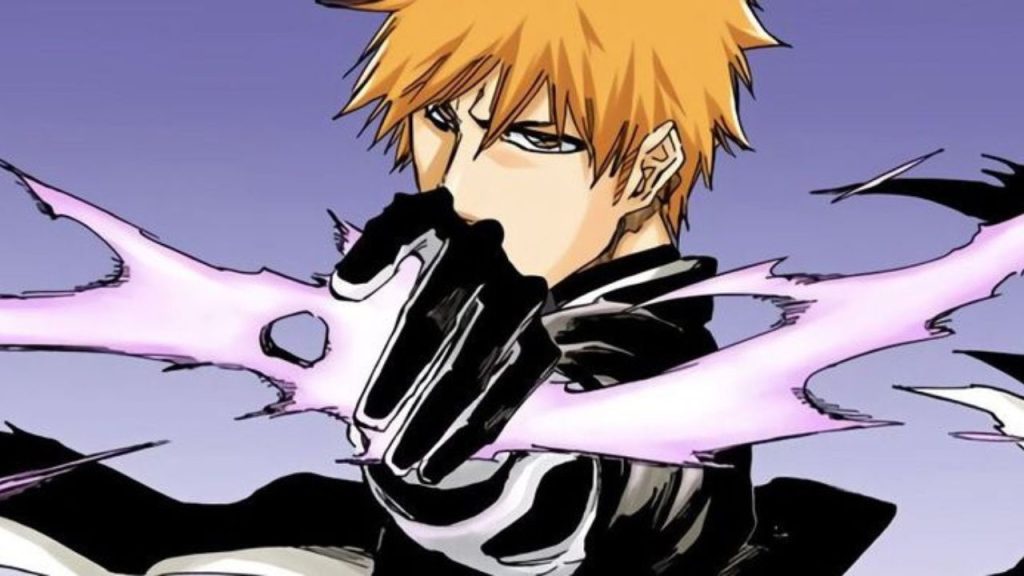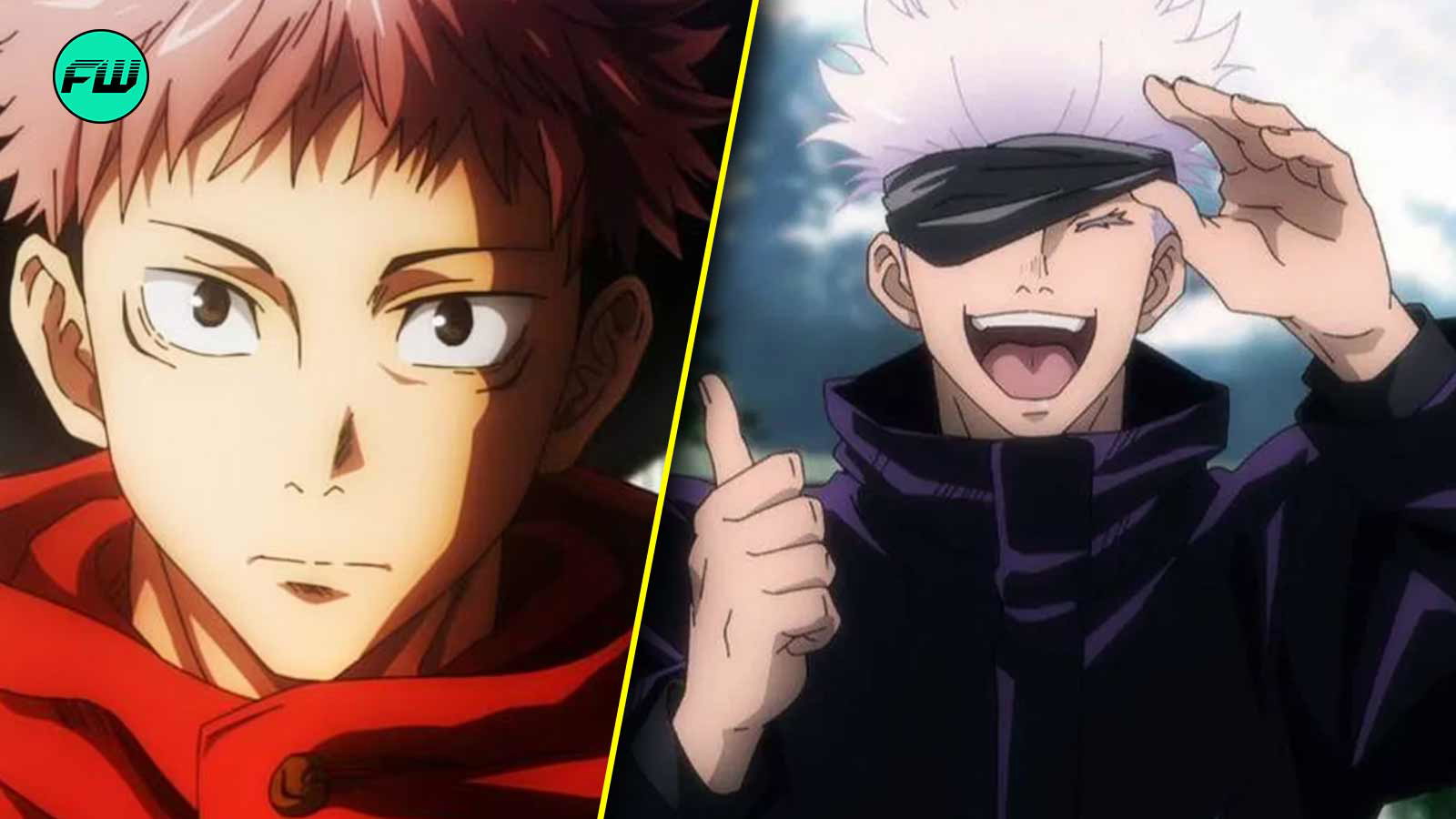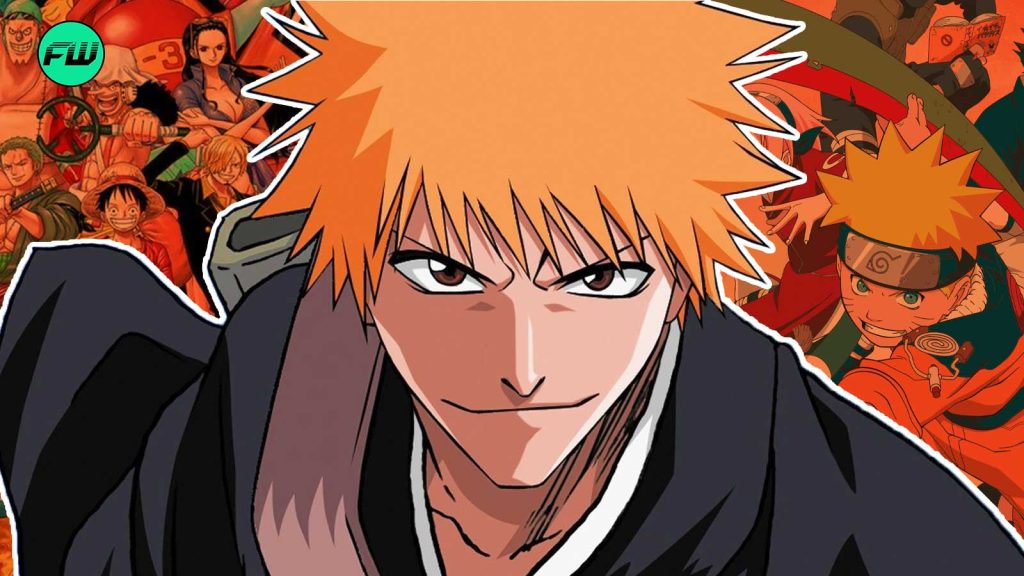It’s not a secret to the anime community that Gege Akutami, the author of Jujutsu Kaisen, is a huge fan of Bleach and constantly refers to it while writing their own manga.
I mean, Jujutsu Kaisen itself is a collection of references from different series. Remember how Yuji Itadori melted on the floor & started to cry about how he’d never be able to use a Spirit Gun (Yu Yu Hakusho), a Bankai (Bleach), a Rasengan (Naruto), or a Dodon Ray (Dragon Ball)?

Tite Kubo, the author of Bleach, was like Akutami-sensei’s hero in their childhood and they couldn’t have been more thrilled to sit in front of them and talk about each other’s works in a recorded interview.
While Gege had a lot to talk about Bleach and its characters, Kubo sensei had something very specific to say about his favorite characters in Jujutsu Kaisen and how he liked connecting the dots regarding their techniques.
Tite Kubo reveals his favorite Jujutsu Kaisen character

In a recorded interview between Gege Akutami and Tite Kubo published on March 4, 2021, Kubo-sensei revealed that his favorite character in Jujutsu Kaisen is Kento Nanami because he really began to grasp the theme of the story once he was introduced.
Well, that is because Nanami had a complicated cursed technique of his own called the Ratio Technique.
It allows Nanami to forcibly create a weak spot on his opponent in order to divide the entire area into a ratio of 7:3. But why this specific number?
Well, the best aspect of the ratio technique is that if Nanami gets to land a hit, it can deal significant damage to much stronger opponents, even to non-living things.
Neither the length nor the wingspan of the target are necessary for the lines to coincide. Among the many possible parts to cut, Nanami has complete freedom of choice over the subjects’ heads, torsos, limbs, and legs.
So, if Nanami’s technique can be understood, one can basically understand everyone else’s technique, and that’s how Kubo-sensei saw it as well. He was growing very impatient, thinking, “When will Akutami-sensei explain Megumi’s technique?” But after Nanami’s introduction, he was able to grasp even the most queerest of techniques.
The powers got more interesting around then. Early on, I wasn’t sure if Megumi Fushiguro’s technique had anything to do with shadow puppetry. I was growing impatient while reading ’cause even though he was fighting at night in a place with windows, he didn’t utilize shadows the way I expected him to. But after Nanami came along, the direction took a sharp turn; even the strangest techniques became easy to understand, and more standout characters like Aoi Todo joined the fray.
Megumi’s Ten Shadows Technique is passed down in the Zenin family. Using shadows as an intermediary, this technique allows the user to summon ten different shikigami, including the Divine Dogs and the famous Mahoraga.
These shikigami take the form of animals, each with unique traits. He can summon the shikigami by making hand signs to cast shadows representing the shikigami, making them as powerful as special grade sorcerers.
Akutami’s concluding words to Kubo flattered him like no other

The last statement of Gege to Kubo-sensei made the latter go, “That’s one of the best compliments I’ve ever gotten.” So what did the Jujutsu Kaisen author really say?
They acknowledged that Bleach did indeed have an influence on them, but they took care not to closely mimic its aesthetic. They think it’s unwise for a rookie mangaka to copy Bleach because artists like Kubo and Tatsuki Fujimoto have their own identities and styles that are unique to them. A lot of people do tell the author, “Hey, your series reminds me of Bleach,” and they tell them, “Yes… but no.”
I think it’s dangerous to methodically analyze Kubo-sensei with the intention of imitating him.
Editors often pay attention to the quirks that make up an author’s identity—the traits that are indicative of a person’s writing style, so to speak. For instance, my identity revolves around my ability to not be bogged down by whys or hows—my ability to craft a story without having to explain every little detail. I consider folks like Kubo-sensei and Chainsaw Man’s Tatsuki Fujimoto-sensei to have strong identities, and it’d be unwise for commoners like me to carelessly imitate authors of their caliber.
As Gege wraps up Jujutsu Kaisen, fans are eager to see whether they’ll bring back characters like Gojo or even Nanami to explain the plot in a better fashion, just as how they served as a pivotal moment when they were first introduced.
Jujutsu Kaisen Seasons 1 and 2 are available on Crunchyroll and Netflix.



